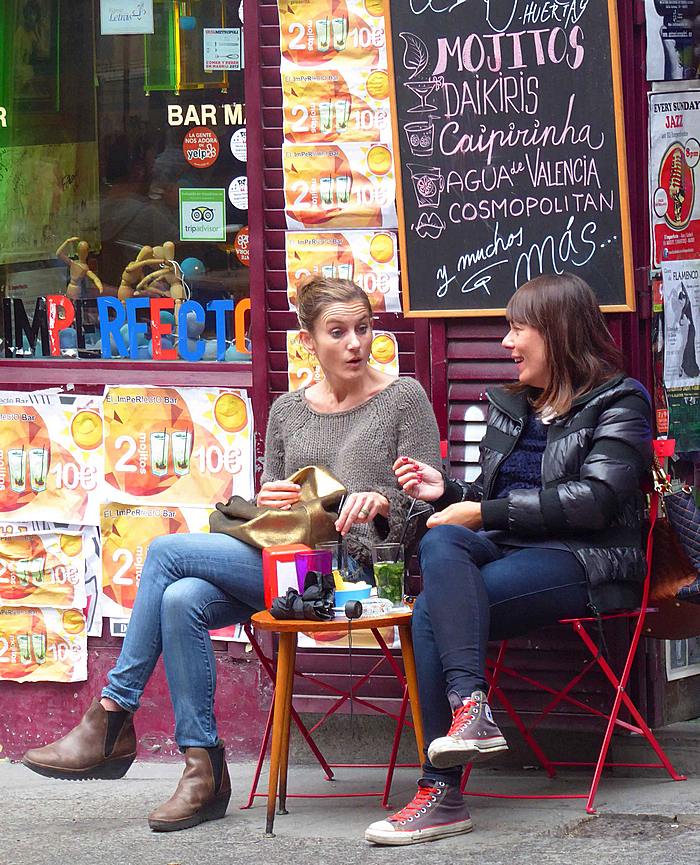
Bravura Navarra wine hits all the high notes
Spain's D.O. Navarra wine district nestles just east of La Rioja like two lovers spooning in bed. With much the same soils, the same Río Ebro influence, and a millennium-long winemaking tradition, Navarra has everything to make great wines. It even has some of the oldest plots of the Garnacha grape in northern Spain. Eleven Navarra producers came through Boston last night showcasing one wine each at the terrific Spanish restaurant Taberna de Haro (999 South Beacon St., Brookline, 617-277-8272, tabernaboston.com). Chef Deborah Hansen's crew passed tapas as we tasted. Among them were the stunning deconstructed version of her salt cod saffron meatballs, albóndigas de bacalao, shown above. We tasted blends mostly dominated by Cabernet Sauvignon or Merlot. A few were jazzed up with Syrah,...Read More

